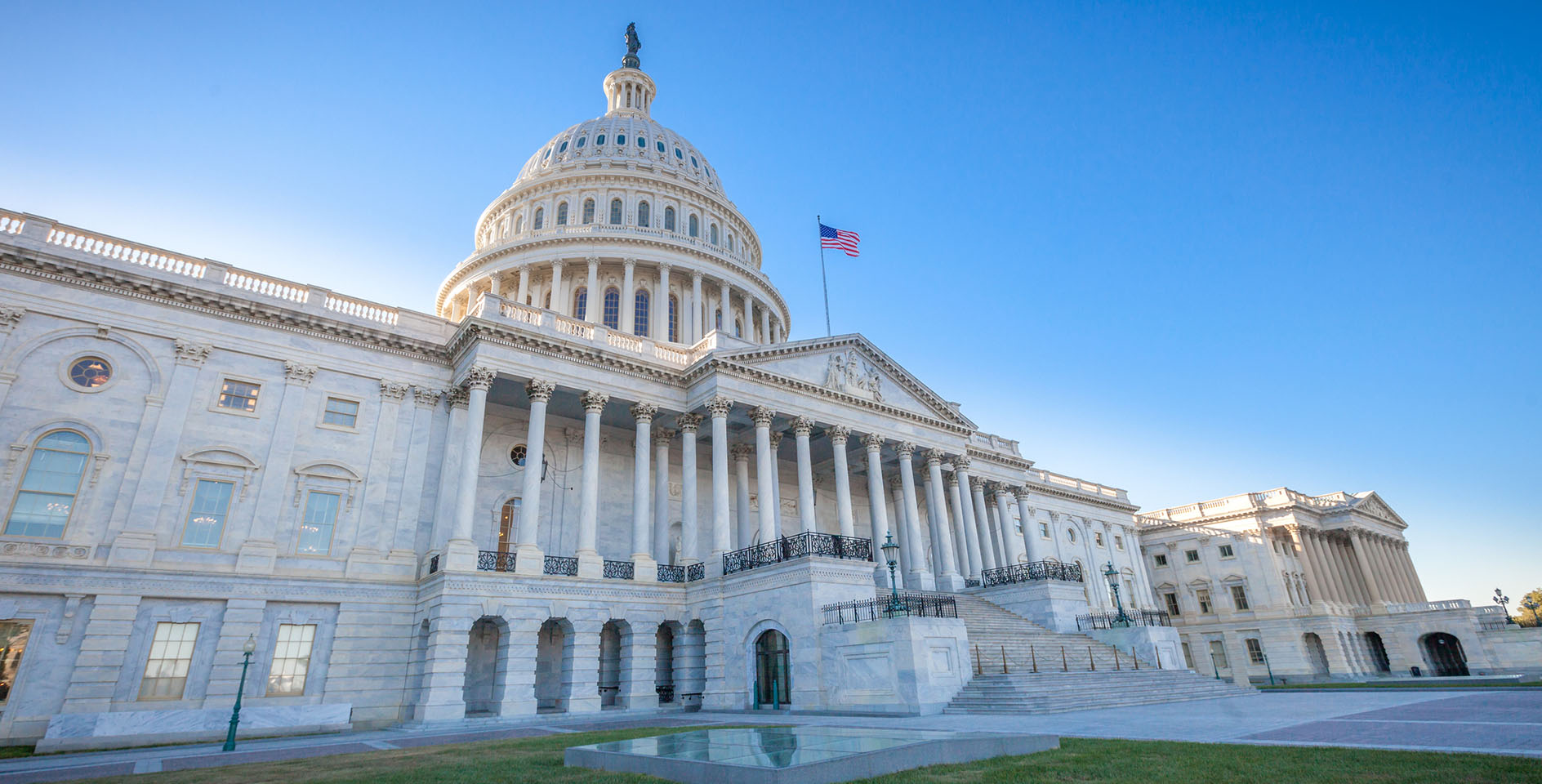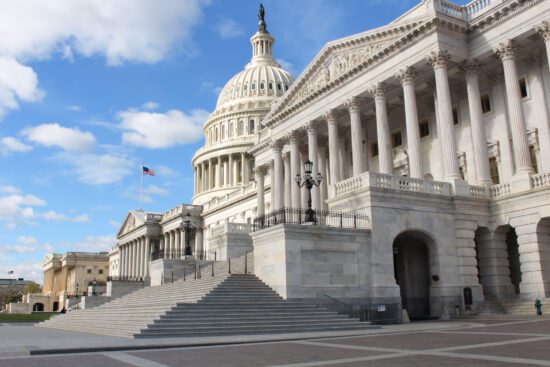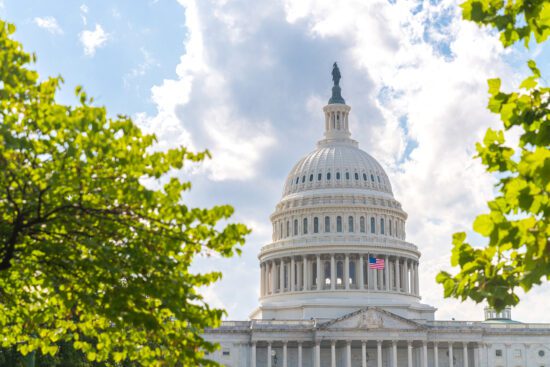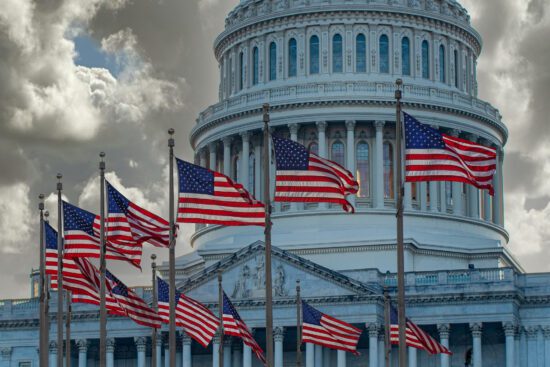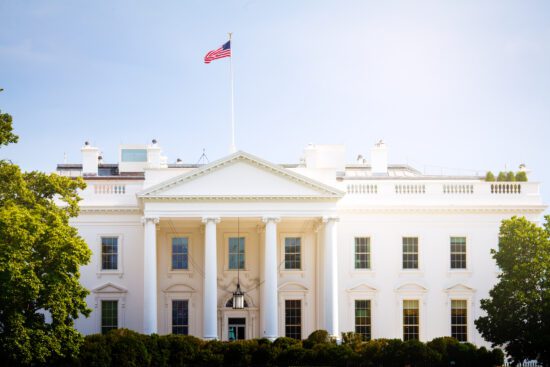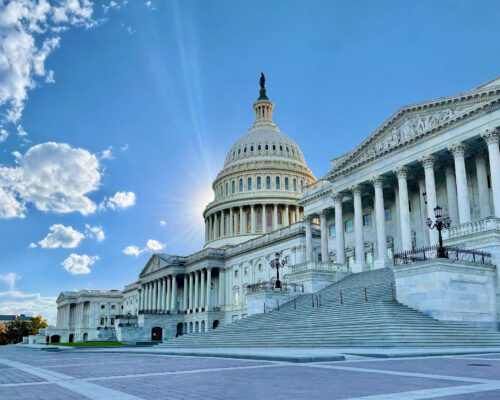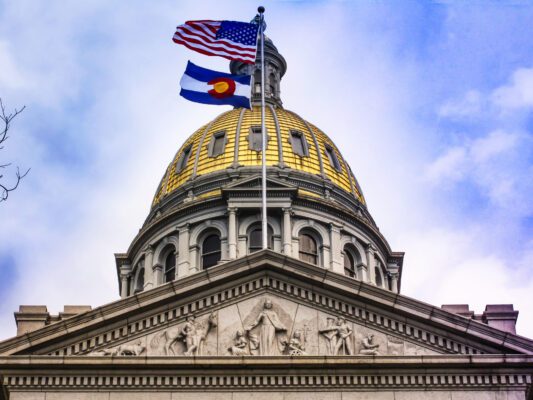Preceding the Biden presidency and the 117th Congress, conversation grew about the future of a policy known as the Hyde Amendment. While Hyde is one of many similar legal provisions that aim to prevent the abortion industry from accessing federal taxpayer dollars, such as the Dornan, Helms, and Siljander Amendments, its history and purpose is unique. The Hyde Amendment is especially worth considering for those in search for a way forward for our polarized nation.
What is the Hyde Amendment?
Following the Supreme Court’s decision in Roe v. Wade, abortion clinics were able to charge Medicaid for abortions. Three years later in 1976, Congressman Henry Hyde, a Republican from Illinois, responded by introducing a budget rider on the Department of Health and Human Services (HHS) appropriations bill to prevent Medicaid from covering the cost of abortion. This rider alleviated taxpayers from being financially responsible for something millions found to be a grave moral wrong.
The congressman’s rider was added as an amendment then and later expanded to the Indian Health Service, Medicare, and the Children’s Health Insurance Program (CHIP). This annual appropriations policy became known as the “Hyde Amendment.”
Why does the Hyde Amendment still matter today?
An appropriations rider is not a permanent federal statute. Because Rep. Hyde attached the policy as a “rider” to the appropriations bill, it was only applicable for the money appropriated that year. The Hyde Amendment must therefore be attached to appropriations bills each year to be effective.
Has the Hyde Amendment ever been controversial?
The policy has sustained a handful of challenges, yet its resiliency over the decades remains remarkable and instructive. The recent opposition to the amendment is new in popularity, but not in kind.
Its most serious challenge came in the 1980 case of Harris v. McRae, when a pregnant Medicaid recipient sued HHS. The Supreme Court held 5-4 that a woman’s freedom of choice regarding abortion did not also guarantee “a constitutional entitlement to the financial resources to avail herself of the full range of protected choices.”
As for its resiliency, on Capitol Hill, the amendment has passed every Congress with bipartisan votes, annually, for 44 years. At the White House, as Joe Carter wrote in another recent ERLC explainer about Hyde, every president since 1976, of which there have been three from each party, has supported it:
President Carter endorsed it during its challenge before the Supreme Court. Presidents Reagan and Bush also supported it from 1981 to 1993. President Bill Clinton campaigned against it in 1992, but continued to sign a slightly modified version of the Hyde Amendment into law each year. President Bush also supported it for all eight years of his term in office. President Barack Obama even used similar language in an executive order relating to the Affordable Care Act.
Why is the Hyde Amendment controversial today?
The abortion lobby is in search of a larger goal by aiming to overturn this area of American consensus—that the federal government should not pay for something of such grave moral disagreement. That this simple proposition carries with it nearly half a century of bipartisan support and majority support in polls is of little consequence for a lobby intent on reshaping cultural views on the issue.
This is part of a long effort by the abortion lobby to change the debate. The lobby’s journey in defending abortion has moved, as Alexandra DeSanctis wrote in 2019 at The Washington Post, from, abortion should be “safe, legal, and rare,” to “abortion is healthcare,” to “shout your abortion.” If abortion is just like any other healthcare procedure, following the new argument, then Medicaid should cover it too. This, then, gives abortion proponets an opportunity to make an economic argument for those who this healthcare program covers.
Every person is made in the image of God and the United States has a responsibility to reflect that truth in its laws.
The pro-life community would do well to take note of the ambition of this conscience shaping endeavour and its affect on the policy debate. The pursuit of justice must include both conscience persuasion and legal redress.
How should Christians think about this policy?
A 2016 report by the Charlotte Lozier Institute estimates that the Hyde Amendment saves 60,000 preborn lives each year. As Christians understand human dignity begins at the moment of conception (Psalm 139:13), the protection of preborn children is paramount.
While many Christians see the pro-life value of saving preborn children from the abortion industry, there is another critical purpose to Hyde and other amendments like it.
Central to a Christian’s understanding of government is that government exists to secure rights granted by God. One of these inalienable rights is the freedom of conscience, not to be infringed by the state. These amendments protect Americans from violating their consciences by preventing taxpayer dollars from funding the abortion industry.
Why is the conscience objection to abortion unique?
It’s not. The conscience protections that these amendments offer are not the only conscience protections that exist. There are several other federal provisions that protect citizens from violating their consciences. Those who believe war is immoral can become conscientious objectors and the ministerial exemption exists to allow religious entities to hire based on their religious convictions. Federal law allows for conscience protections in a wide range of situations.
Why is the Hyde Amendment needed today?
The Hyde Amendment represents a line of demarcation in the abortion debates in Washington. Such lines of consensus can be a lifeline for a country of deepening divisions in many other areas. We recognize that many of our neighbors disagree with us on abortion, and this has fostered a robust debate and conversation on the value and dignity of human life.
Yet, in making the argument against the Hyde Amendment, the abortion lobby seeks to steamroll the consciences of their fellow citizens by placing the federal government in direct fiscal responsibility for abortion. The ERLC will continue to stand athwart such efforts.
Preventing taxpayer dollars from abortion protects consciences, saves lives, and respects the freedom of Americans to seek to persuade one another without state-sanctioned conscience intrusion. Every person is made in the image of God and the United States has a responsibility to reflect that truth in its laws.
ERLC public policy intern Jackson McNeece contributed to this article.






